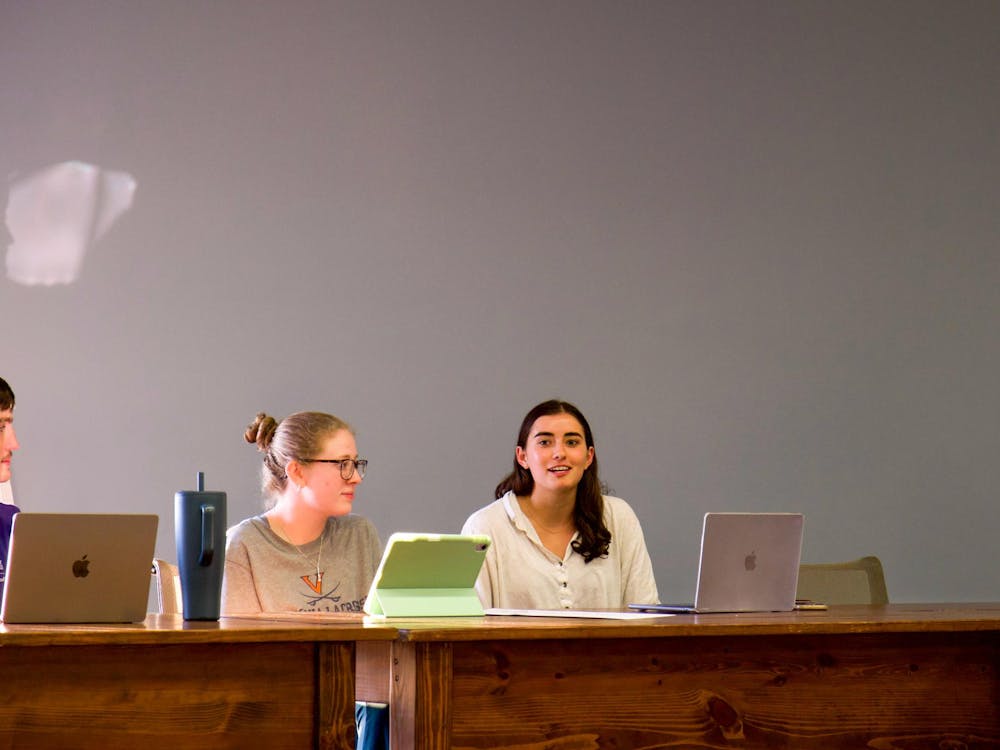First-year college students are more likely to withdraw from school if they take large introductory classes from part-time or adjunct professors, according to the results of a new study.
Audrey Jaeger, assistant professor of higher education at North Carolina State University , and University of California, Los Angeles graduate student M. Kevin Eagan recently completed a study titled "Closing the Gate: Part-Time Faculty Instruction in Gatekeeper Courses and First-Year Persistence," which compared the experiences of 30,000 students at four different institutions from 2002-05, Eagan said. They specifically focused on foundational, or "gatekeeper" courses, in which at least 90 students were enrolled, Eagan said.
The research did not show a similar drop-out rate in classes taught by full-time faculty members not on a tenure track or by graduate instructors, causing Eagan and Jaeger to attribute the high drop-out rate at least in part to the amount of time the instructors spend on their college campuses, according to the study.
Part-time or adjunct professors and lecturers typically do not have office space on campus, Eagan said, and do not always hold office hours. Not being able to connect with instructors is detrimental to students, he added.
"Other research has shown that it is critical to make those connections in the first year," Eagan said.
Senior faculty members often opt out of teaching large introductory courses, Eagan said, choosing instead to focus on research and teach upper-level courses.
In addition to encouraging full-time faculty to teach introductory courses, Eagan said he and Jaeger recommend providing incentives to part-time instructors to spend time on campus. Incentives could include office space or be in the form of additional monetary compensation, he added.
While University English Chair Jahan Ramazani said the department occasionally needs to hire a part-time instructor to cover for a professor who, for example, is participating in Semester at Sea, Ramazani said the department generally avoids using part-time or adjunct professors.
"We try to do teaching through regular faculty members and graduate instructors," Ramazani said, adding that strong research and strong teaching go hand-in-hand.
"We feel very strongly that the primary teaching force has to be people who are the forefront of research in their fields," Ramazani said.
In contrast, University Math Chair Don Ramirez said he has found part-time professors often receive excellent evaluations from students.
In hiring prospective instructors, Ramirez said the one criterion for applicants is that they be able "to teach and to teach well"






